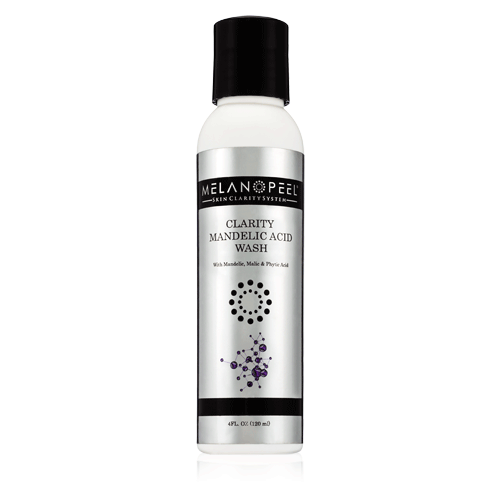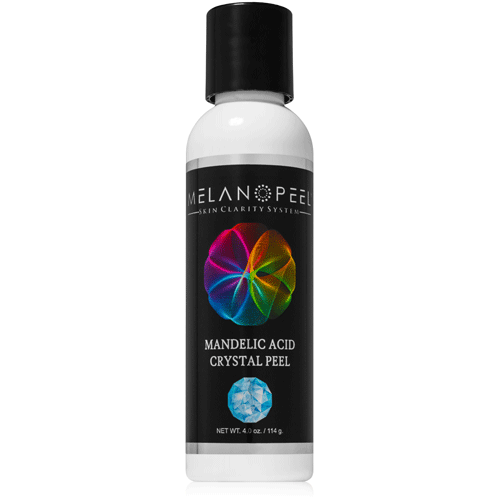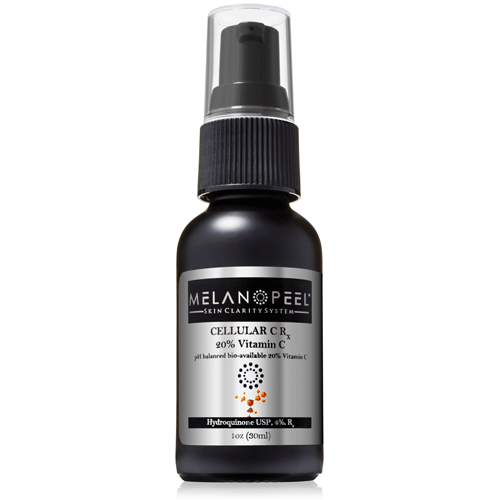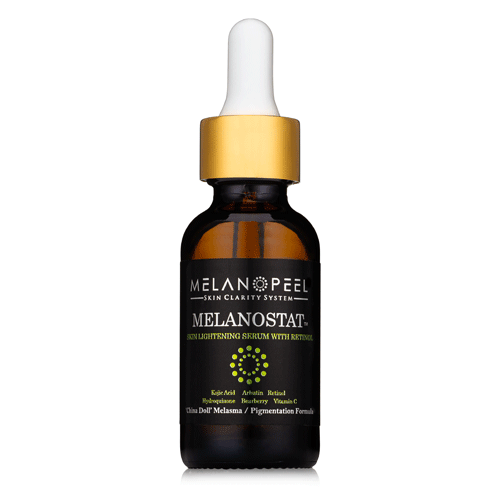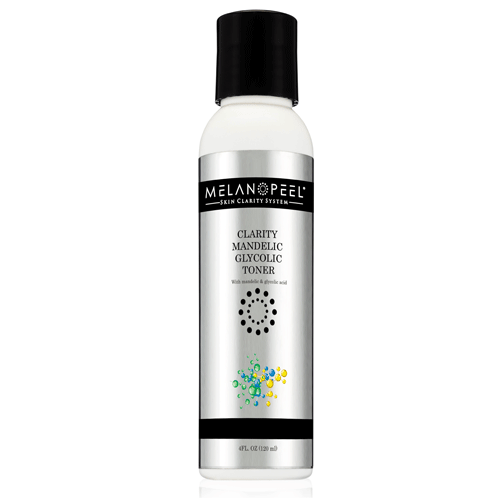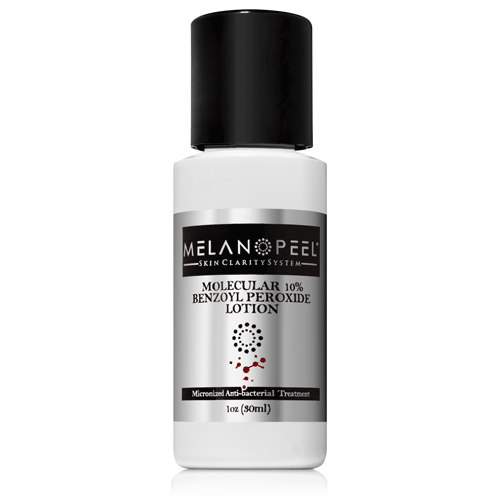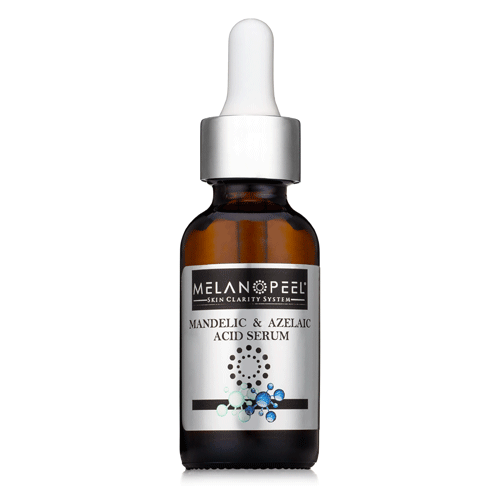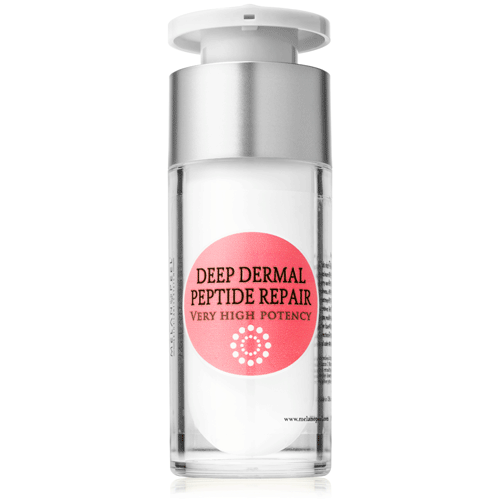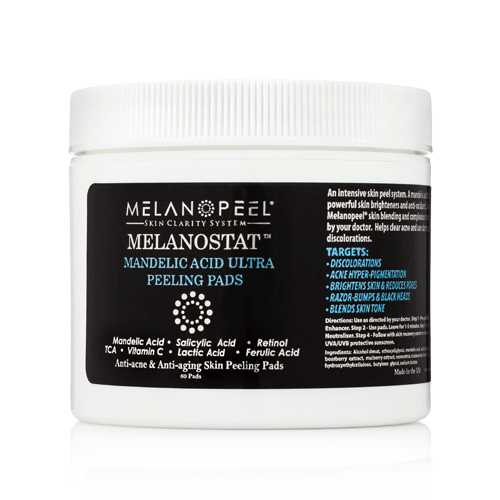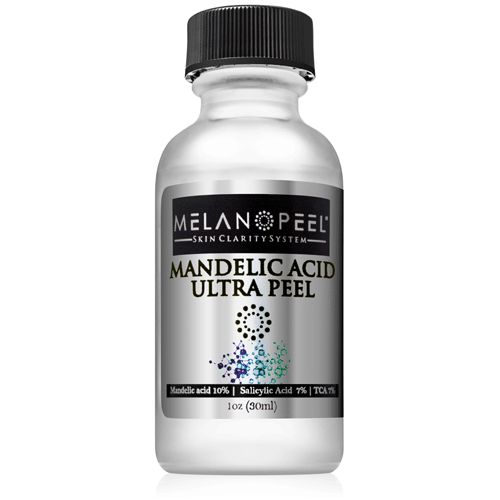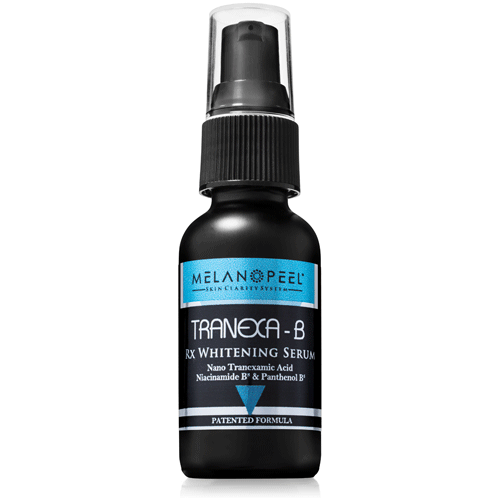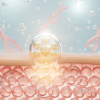Problem skin – Pimples. Dark blemishes. Bumpy skin. Oily skin. Like, what else can go wrong with my skin!!!
Does this sound like you? Or is it more like – Rosacea. Blotchy skin. Uneven dark patches. Sun damage!
You have tried everything. And you mean EVERYTHING – The latest medical skin care line, the stuff your pharmacist recommended, that $200 serum from your upscale store, those natural online recipes and concoctions they swore they’d clear up your skin. So why aren’t you getting results? WHY? 😭
To help you understand results-driven skin care, we need to understand the skin, skin physiology, and how these interact with active ingredients to help improve skin and treat problems.
For detailed skin analyses and how to correctly combine your skin correction protocols, you will need to see your Melanopeel® Clinic.
Let’s look at your primary skin cells and skin systems.
1. Surface skin cells – Keratinocytes.
These cells form the outermost protective layer of skin. Problems with this layer result in dull skin, rough skin. A thick layer of these cells also contributes to the clogging of your pores and results in acne bumps.
Your keratinocyte solutions: Keep this layer resurfaced and shed dead keratinocytes which will keep your skin radiant and glowing.
Our skin-resurfacing recommendations:
2. Your pigment-producing cells – Melanocytes
These pigment cells are still within the surface skin layers, but lie a bit deeper. They produce melanin which they transfer to the keratinocytes. This means that you don’t only have pigment in those cells, but also in the surrounding cells that reach to the surface.
Your hyperpigmentation solutions: To help control pigment you need to target both the melanin-producing cells, and the surrounding cells that have taken up this pigment.
Our anti-pigment recommendations:
3. Your oil producing glands – Sebaceous Glands
These glands are the bane of anyone suffering from oily skin, large pores & acne. Over activity results in whiteheads, blackheads, pimples & oily shiny skin.
Your oily skin, large pores & acne solutions: To target these glands, you need ingredients that have an affinity for reducing these oils. Acne needs additional ingredients like benzoyl peroxide, and large pores need pore-refining agents that mattify oily skin.
Oily skin & large pore recommendations:
Your anti-acne recommendations:
4. Your capillaries
This capillary blood supply network brings nourishment and growth factors to your skin. They also bring healing agents to repair your skin. Inflamed capillaries result in rosacea and red, sensitive skin.
Your redness anti-inflammatory solutions: Anti-inflammatory ingredients to reduce inflammation, repair your barrier membrane, and calm the skin.
Our rosacea & sensitive skin recommendations:
5. Your collagen & elastin producing cells – Fibroblasts
Skin laxity, aging, and wrinkles all result from a lowered production of collagen and elastin by your fibroblasts. These cells lay deeper in your skin and are harder to get to. As you get older, the quality of your collagen is poorer and not as supportive. UV light is also known to activate enzymes in your skin which destroys your collagen and make your skin less elastic.
These cells also produce some of your skin’s plumping hyaluronic acid. A decrease of collagen, elastin and hyaluronic acid all makes skin look aged.
Your collagen-stimulating solutions: Fibroblast-stimulating treatments to increase your natural synthesis of supporting collagen, elastin & hyaluronic acid. The treatments required will be deeper penetrating.
Our fibroblast collagen-stimulating recommendations:
6. Your skin’s barrier membrane
This invisible layer protects your skin from disease, sensitivity, dryness, and keeps your skin soft and supple. An impaired membrane results in sensitive skin, dry, and inflamed skin.
Your barrier function solutions: Use ingredients that will restore the fluidity of your barrier membrane, repair it, hydrate it, and replenish it with essential lipids & ceramides.
Our barrier-membrane repair agents & protectors:



